
Byzantine Matters

Byzantine Matters

Averil Cameron
PRINCETON UNIVERSITY PRESS
PRINCETON AND OXFORD
Copyright 2014 by Princeton University Press
Published by Princeton University Press, 41 William Street, Princeton, New Jersey 08540
In the United Kingdom: Princeton University Press, 6 Oxford Street, Woodstock, Oxfordshire OX20 1TW
press.princeton.edu
All Rights Reserved
Library of Congress Cataloging-in-Publication Data
Cameron, Averil.
Byzantine matters / Averil Cameron.
pages cm
Includes bibliographical references and index.
ISBN 978-0-691-15763-4 (hardback)
1. Byzantine
EmpireCivilization. 2. Byzantine Empire
Historiography. I. Title.
DF521.C355 2014
949.502dc23
2013034256
British Library Cataloging-in-Publication Data is available
This book has been composed in Sabon Next Pro and Candida display
Printed on acid-free paper.
Printed in the United States of America
1 3 5 7 9 10 8 6 4 2
In memory of Evelyne Patlagean
The majority has looked hitherto to that chaos of stone photography and sententious inquest on the nature of being, known as Antiquity. We, however, possessors of the twentieth century, have taken a step outside this limitation of spirit.
Robert Byron, The Station (1931)
Byzantium, a film by Neil Jordan, 2013, described as an atmospheric chiller about a mother-daughter vampire team.
Ryan Gilbey, The Guardian, 28 May 2013
 CONTENTS
CONTENTS
 ILLUSTRATIONS
ILLUSTRATIONS
MAPS
FIGURES
 ACKNOWLEDGMENTS
ACKNOWLEDGMENTS
I am very grateful to Ben Tate of Princeton University Press for having prompted me to write this book. It draws on (but does not reproduce) several recent lectures and papers, and it has allowed me to follow up the ideas about Byzantium expressed in my article The Absence of Byzantium, published in English and Greek in the monthly Nea Hestia (January 2008). The paper on which that article is based was given in 2007 in Peter Browns seminar at Princeton, where I had also held a fellowship in the Program for Hellenic Studies in 2005. It was the subject of lively discussion on that occasion, and the same was also true when I gave a version in the same year in the ancient history seminar at the Institute of Classical Studies, London. Eight further issues of Nea Hestia between 2008 and 2009 carried comments on my paper; their authors were N. E. Karapidakis, Evangelos Chrysos, Slobodan uri, Dimitris I. Kyrtatas, Tonia Kiousopoulos, Stelianos Alexiou, Polymnia Athanassiadi, and the late and much regretted Evelyne Patlagean. I am grateful to all these scholars, and hope that they will forgive me if I have not referred to them individually or discussed all their responses in what follows. I must record my thanks here to Stavros Zoumboulakis, editor of Nea Hestia, for accepting my original paper and soliciting these responses, as well as to Manolis Papoutsakis for suggesting that I publish it there, and to Yannis Papadogiannakis for his invaluable assistance with the Greek texts. I also thank Dimitri Gondicas, Stanley J. Seeger Director, Center for Hellenic Studies, Princeton, for the invitation to spend a semester at Princeton as a fellow of the Center in 2005.
I owe further thanks for help during the writing of this book to Jnos Bak, of the Central European University, Budapest, who alerted me to the paper by Sergey Ivanov mentioned in and Empire in Byzantium and Margins and Metropolis: Authority across the Byzantine Empire), both published in 2013, again by Princeton. Though Byzantine Matters adopts a very different approach, it is a good thought that we have Princeton in common too.
Finally, I must thank all those responsible for invitations to give lectures and seminars, in recent years at the British Academy; the Oxford Centre for Byzantine Research; Wolfson College, Oxford; the Royal Historical Society; the University of North Carolina, Chapel Hill; Kings College London (annual symposium of the Society for the Promotion of Byzantine Studies); and the British School at Athens. The chapters in Byzantine Matters stand alone and were written for the present volume, but the thinking that went into these earlier papers formed an important element in their gestation.
This book offers a personal view on aspects of Byzantium and Byzantine studies that have particularly exercised me in recent years. I came to Byzantium late, after a trajectory that led me from classics to ancient history and only then to the history of Byzantium. There are those among paid-up Byzantinists who would count this a handicap. One who did not is Anthony Bryer, the only begetter and inspiration of forty-six annual British Byzantine symposia to date, and of much more besides. Working with him to establish the Society for the Promotion of Byzantine Studies in 1983 was a high point (he became its secretary, I the chair, and our president was Steven Runciman). Teaching Byzantine history at Kings College London was another experience that taught me a great deal. And I greatly value the opportunity I have had in recent years to enjoy the lively seminars, lectures, and workshops on late antiquity and Byzantium at Oxford, where late antiquity and Byzantium are generously interpreted, and no one worries, except at examination time or when budgetary matters rise to the surface, about departmental or faculty affiliations. Given the disciplinary and conceptual boundaries that are frequently mentioned in the chapters that follow, and that still stand in the way of a better understanding of Byzantium, this is precious indeed.
Averil Cameron
Oxford, September 2013
 ABBREVIATIONS
ABBREVIATIONS
Ant tard. | Antiquit tardive |
BMGS | Byzantine and Modern Greek Studies |
DOP | Dumbarton Oaks Papers |
EHR | English Historical Review |
JHS | Journal of Hellenic Studies |
JB | Jahrbuch der sterreichischen Byzantinistik |
JRA | Journal of Roman Archaeology |
JRS | Journal of Roman Studies |
PBSR | Papers of the British School at Rome |
PG | Patrologia Graeca |
REB | Revue des tudes Byzantines |
TIB | Tabula Imperii Byzantini |
TM | Travaux et Mmoires |
MAPS

Map 1. Justinians empire, ca. 565.

Map 2. The Byzantine empire, ca. 1025.
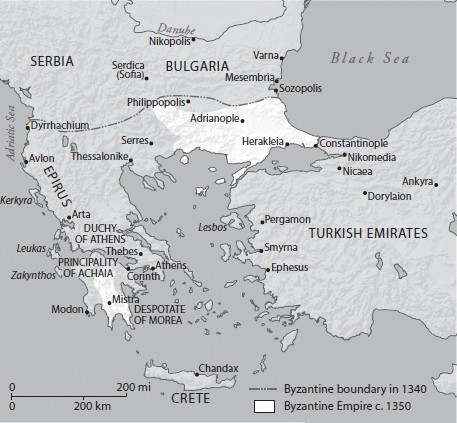
Map 3. Byzantium, ca. 1350.
Byzantine Matters

Next page
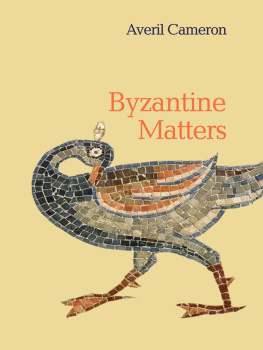

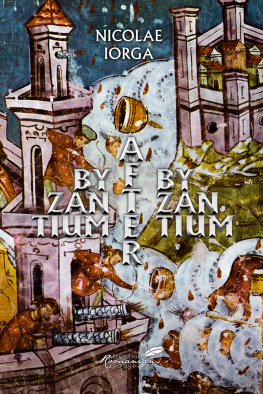
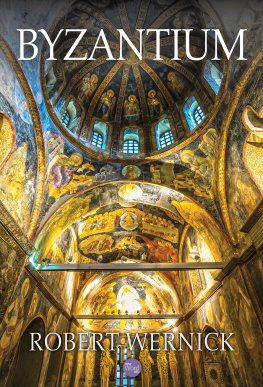
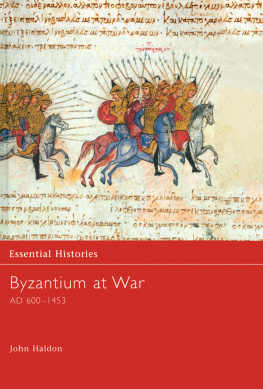
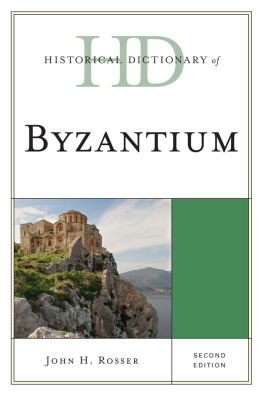
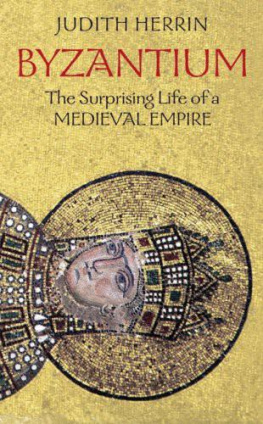
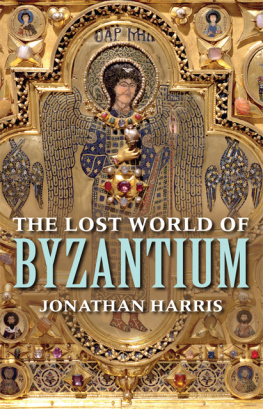
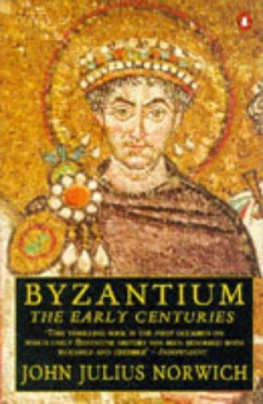




 CONTENTS
CONTENTS

